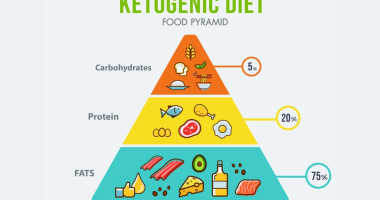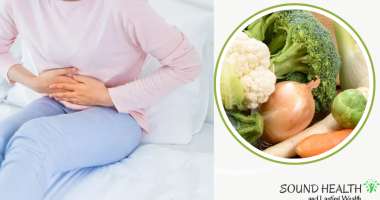Endometriosis Diet and Nutritional Strategies can help you manage your endometriosis symptoms and improve your overall health.
Endometriosis is a complex condition that affects millions of women worldwide. It is characterized by the presence of endometrial tissue, the same tissue that lines the uterus, growing outside of the uterus. This can cause a range of symptoms, including pain, heavy menstrual bleeding, and infertility.
While there is no cure for endometriosis, there are a number of things that women can do to manage their symptoms and improve their quality of life. One of the most important factors in managing endometriosis is nutrition and diet.
Endometriosis diet: What to Eat
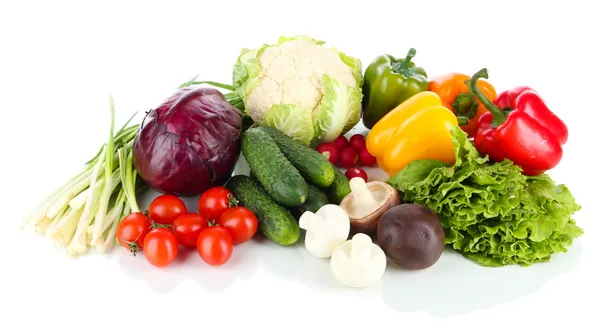
There is no one-size-fits-all endometriosis diet, but there are certain foods that have been shown to be beneficial for women with the condition. These foods include:
Consume anti-inflammatory foods
Anti-inflammatory foods like fruits, vegetables, whole grains, and fish can help alleviate Endometriosis symptoms by reducing inflammation and pain through their inhibitory effect on prostaglandins, hormone-like substances that contribute to the condition’s inflammatory and pain-related manifestations.
Eat fiber-rich foods
Fiber-rich foods like fruits, vegetables, whole grains, legumes, nuts, and seeds can help alleviate Endometriosis symptoms by promoting digestive health, reducing inflammation, and aiding in weight management through their ability to bind to water and form a gel-like substance in the digestive tract, which helps to slow down digestion and keep you feeling full longer, as well as helping to promote the growth of good bacteria in the gut, which can help to reduce inflammation.
Add Omega-3 fatty acids to your diet routine
Eating Omega-3 fatty acids-rich foods can be of great help to reducing the symptoms of endometriosis. These foods include fatty fish like salmon, mackerel, and sardines, as well as flaxseeds, chia seeds, and walnuts. They have anti-inflammatory properties and may help to reduce pain and inflammation. Good sources of omega-3 fatty acids
Take Vitamin D Supplement
Vitamin D is an essential nutrient that plays a vital role in various bodily functions, including bone health, immune system regulation, and inflammation control. Studies have suggested that vitamin D deficiency may be associated with an increased risk of endometriosis. While research on the therapeutic potential of vitamin D for endometriosis is ongoing, some studies have shown promising results. A 2019 meta-analysis concluded that vitamin D supplementation may improve endometriosis-related pain symptoms. Additionally, a 2021 study found that vitamin D supplementation may reduce the risk of endometriosis recurrence. Good sources of vitamin D include fatty fish, fortified milk and dairy products, and eggs.
More tips
Monitor your progress by journaling your diet and symptom changes. Keep track of changes you make to your diet, along with how your body feels. This can help you identify patterns and make adjustments as needed.
Prioritize stress management to help your digestive system function at its best. High stress levels can interfere with your digestion, so incorporating stress-reducing techniques into your routine is essential. Consider regular exercise, meditation, spending time in nature, and other relaxation techniques to manage stress levels effectively.
Stay hydrated by drinking plenty of water throughout the day. Water plays a crucial role in digestion and helps maintain overall gut health.
DON’T MISS: What Happens To Your Body When You Drink 8 Glasses of Water Every Day
Endometriosis Diet Recipes
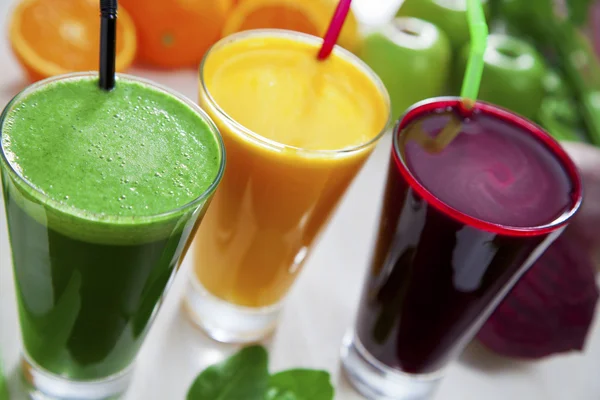
Here are some endometriosis-friendly recipes to help you manage your symptoms and improve your overall health:
Breakfast
Antioxidant-Packed Smoothie: Blend together 1 cup of mixed berries, 1 cup of spinach, 1 cup of almond milk, and 1 scoop of protein powder for a nutrient-rich smoothie that’s high in antioxidants and anti-inflammatory compounds. This smoothie is a great way to start your day and provide your body with essential nutrients.
Chia Seed Pudding: Combine 1/4 cup of chia seeds, 1 cup of milk, 1 tablespoon of honey, and your choice of toppings, such as berries, nuts, or seeds, in a bowl or jar. Mix well, cover, and refrigerate overnight or for at least 3 hours. This fiber-rich pudding will keep you feeling full and satisfied until lunchtime.
Oatmeal with Nuts and Seeds: Cook 1/2 cup of rolled oats with 1 cup of water or milk until thickened. Stir in 1 tablespoon of honey, 1/4 cup of chopped nuts (such as almonds or walnuts), and 1 tablespoon of seeds (such as chia or flaxseeds) for a healthy and filling breakfast. This oatmeal is a good source of fiber, protein, and healthy fats.
Lunch
Quinoa Salad with Roasted Vegetables: Preheat oven to 400°F (200°C). Toss together 1 cup of cooked quinoa, 2 cups of roasted vegetables (such as broccoli, carrots, and zucchini), and a vinaigrette dressing (made with olive oil, vinegar, lemon juice, herbs, and spices) for a flavorful and nutritious salad. This salad is a good source of fiber, vitamins, and minerals.
Lentil Soup: Sauté 1 onion, 2 carrots, and 2 celery stalks in olive oil until softened. Add 1 cup of dried lentils, 8 cups of vegetable broth, and 1 teaspoon of dried thyme. Bring to a boil, then reduce heat and simmer for about 30 minutes, or until lentils are tender. Season with salt and pepper to taste. This lentil soup is a hearty and comforting meal that’s rich in fiber and protein.
Salmon Salad with Avocado: In a bowl, combine 4 ounces of cooked salmon, 1 mashed avocado, 1/2 cup of chopped celery, 1/4 cup of chopped red onion, and a light dressing (such as mayonnaise or Greek yogurt mixed with lemon juice, herbs, and spices). Serve on lettuce leaves or in whole-wheat pita bread. This salmon salad is a protein-rich and omega-3 fatty acid-packed meal.
Dinner
Baked Salmon with Roasted Vegetables: Preheat oven to 400°F (200°C). Place salmon fillets (about 4 ounces each) on a baking sheet lined with parchment paper. Season with salt, pepper, and your favorite herbs. Arrange roasted vegetables (such as asparagus, Brussels sprouts, and sweet potatoes) around the salmon. Bake for about 20 minutes, or until salmon is cooked through and vegetables are tender. This baked salmon is a flavorful and nutritious meal that’s high in protein, vitamins, and minerals.
Chicken Stir-Fry with Brown Rice: Cook 1 pound of boneless, skinless chicken breasts in a hot wok or skillet until browned and cooked through. Remove chicken from the pan and set aside. Add 1 tablespoon of olive oil to the pan and stir-fry 2 cups of chopped vegetables (such as broccoli, carrots, and bell peppers) until tender. Return chicken to the pan and stir in a light sauce (made with soy sauce, rice vinegar, honey, and sesame oil). Serve over 1 cup of cooked brown rice. This chicken stir-fry is a quick and easy meal that’s high in protein and fiber.
Lentil Curry with Whole-Wheat Naan: Sauté 1 onion and 2 cloves of garlic in olive oil until softened. Add 1 cup of dried lentils, 1 teaspoon of curry powder, 1 teaspoon of turmeric, and 1 teaspoon of cumin. Stir in 4 cups of vegetable broth and bring to a boil. Reduce heat and simmer for about 30 minutes, or until lentils are tender. Serve with whole-wheat naan bread. This lentil curry is a comforting and satisfying meal that’s rich in fiber and protein.
Snacks
Fruit and Nut Mix: Combine 1 cup of mixed berries (such as strawberries, blueberries, and raspberries), 1/2 cup of chopped nuts (such as almonds, walnuts, and pecans), and 1/4 cup of sunflower seeds for a healthy and filling snack. This fruit and nut mix is a good source of fiber, vitamins, minerals, and healthy fats.
Yogurt with Berries and Granola: Enjoy plain yogurt with fresh berries and a sprinkle of granola for a protein-rich and fiber-rich snack.
Vegetable Sticks with Hummus: Dip vegetable sticks, such as carrots, cucumbers, or celery, into hummus for a healthy and satisfying snack that’s high in fiber and protein.
What to Avoid
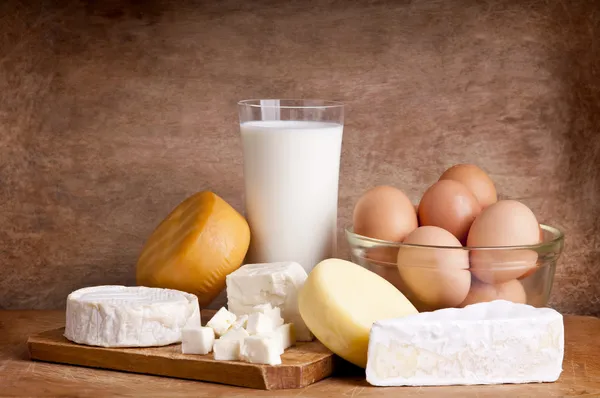
There are also certain foods that women with endometriosis may want to avoid. These foods include:
Red meat and processed meats: Red meat and processed meats are high in saturated fat and cholesterol, which can worsen inflammation.
Dairy products: Dairy products contain prostaglandins, which are hormone-like substances that can trigger endometriosis symptoms.
Refined carbohydrates: Refined carbohydrates, such as white bread, pasta, and sugary drinks, can cause spikes in blood sugar levels, which can worsen endometriosis symptoms.
Caffeine and alcohol: Caffeine and alcohol can worsen endometriosis symptoms in some women.
Other Tips

In addition to eating a healthy diet, there are other things that women with endometriosis can do to manage their symptoms. These include:
Getting regular exercise: Exercise can help to reduce pain and inflammation. Aim for at least 30 minutes of moderate-intensity exercise most days of the week.
Managing stress: Stress can worsen endometriosis symptoms. Try relaxation techniques such as yoga or meditation to help manage stress.
Getting enough sleep: Sleep is essential for overall health and can help to reduce stress and pain. Aim for 7-8 hours of sleep per night.
Considering supplements: Some supplements, such as fish oil, vitamin D, and magnesium, may be helpful for women with endometriosis. Talk to your doctor about whether supplements are right for you.
Working with a Healthcare Provider

While you are considering the foods mentioned here, It is important to work with a healthcare provider to develop a treatment plan that is right for you. Your healthcare provider can help you to identify your triggers, and allergies and develop a personalized diet and lifestyle plan to manage your endometriosis symptoms.
Please note: This information is not intended to be a substitute for medical advice. Always consult with your healthcare provider before making any changes to your diet or lifestyle.
It is important to remember that everyone is different, and what works for one person may not work for another. Experiment with different foods and lifestyle changes to find what works best for you.
Resources
Endometriosis Research Center: https://www.endometriosis.org/
American College of Obstetricians and Gynecologists: https://www.acog.org/
Endometriosis Foundation of America: https://endometriosis.org/
Copyright © 2022 Soundhealthandlastingwealth.


